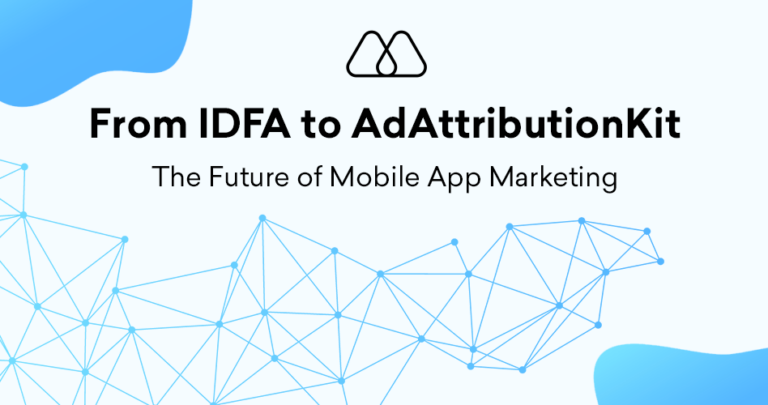In the competitive world of mobile apps, user acquisition is a constant battleground. Attracting new users is crucial, but what separates successful apps is their ability to retain those users and cultivate long-term value. This is where the concept of lifetime value (LTV) comes into play. LTV is a key metric that measures the total revenue a user generates for your app throughout their entire relationship with it. Understanding and optimizing LTV is essential for making informed user acquisition decisions, maximizing return on investment (ROI), and achieving sustainable growth for your mobile app.
What is Lifetime Value (LTV) in Mobile Advertising?
Lifetime value (LTV) represents the net profit attributed to an individual user over their entire lifespan as an active user of your mobile app. It encompasses all revenue streams generated by that user, including:
- In-app purchases (IAPs)
- Subscriptions
- Advertising revenue generated through user activity (e.g., ad impressions, clicks)
Why is LTV Important in Mobile Advertising?
LTV holds immense significance for mobile app marketers for several reasons:
- Prioritizing User Acquisition Strategies: By understanding the LTV of your users, you can determine the maximum cost per action (CPA) that remains profitable. This allows you to prioritize user acquisition strategies that deliver high-value users.
- Retention Focus: LTV emphasizes the importance of user retention. Investing in strategies that keep users engaged and returning to your app ultimately leads to a higher overall LTV.
- Campaign Optimization: LTV data can optimize your advertising campaigns by targeting user segments with a higher predicted LTV. This allows you to focus on acquiring users that will become long-term, valuable contributors.
- Resource Allocation: Understanding user lifetime value allows you to allocate resources more effectively. You can invest more in onboarding and engagement strategies for users with a higher predicted LTV.
- Financial Forecasting: LTV helps with financial forecasting by providing insights into the future profitability of your app. By estimating the average LTV of new users, you can project future revenue streams and make informed business decisions.
Calculating LTV in Mobile Advertising
There are two primary methods for calculating LTV in the mobile advertising landscape:
1. LTV = Average Revenue Per User (ARPU) x Average User Lifespan (AUL)
This is a basic formula that provides a starting point for LTV estimation:
- ARPU: This metric represents the average user-generated revenue within a specific timeframe (e.g., monthly). It’s calculated by dividing the total revenue generated by the total number of users over that timeframe.
- AUL: This metric represents the average duration a user remains active on your app. It’s calculated by analyzing user behavior data to determine the average timeframe users stay engaged.
2. Discounted Cash Flow (DCF) Analysis
This method is more complex but offers a more accurate picture of LTV by considering the time value of money. It includes the concept that revenue earned earlier in a user’s lifecycle is more valuable than revenue earned later.
Strategies for Increasing LTV in Mobile Apps
Here are some key strategies to increase the lifetime value of your mobile app users:
- Prioritize User Onboarding: A smooth and engaging onboarding experience sets the stage for long-term user retention. Ensure users understand the app’s value proposition and benefits.
- Focus on User Engagement: Implement features and content that keep users returning to your app regularly. Personalization, gamification, and loyalty programs can be effective strategies.
- In-App Purchases and Subscriptions: Offer valuable in-app purchases and subscription options that enhance the user experience and incentivize ongoing engagement.
- Re-engagement Campaigns: Don’t let inactive users slip away. Implement targeted re-engagement campaigns to bring them back and rekindle their interest in your app.
- Exceptional Customer Service: Providing excellent customer support builds trust and loyalty, encouraging users to remain invested in your app.
- Data-Driven Decision Making: Continuously analyze user behavior data and LTV metrics to understand user segments and tailor strategies to maximize their lifetime value.
5 Key Takeaways from Lifetime Value (LTV)
- Profitability Metric: LTV is a crucial metric for understanding the overall profitability of your mobile app users.
- Informed User Acquisition: LTV helps prioritize user acquisition strategies that target high-value users.
- Retention Focus: Strategies to retain users and increase engagement are essential for maximizing LTV.
- Resource Allocation: Allocate resources strategically based on user LTV, prioritizing high-value user segments for deeper engagement efforts.
- Financial Forecasting: LTV estimations enable data-driven financial planning and forecasting for your mobile app.
Understanding and optimizing LTV is a fundamental principle for sustainable success in the mobile app industry. By prioritizing user retention, implementing effective engagement strategies, and leveraging data-driven insights, you can cultivate a loyal user base that contributes significantly to the overall profitability of your app. Remember, focusing on user lifetime value allows you to move beyond a simple user acquisition mindset and build a thriving mobile app ecosystem that delivers long-term value for your users and your business.




